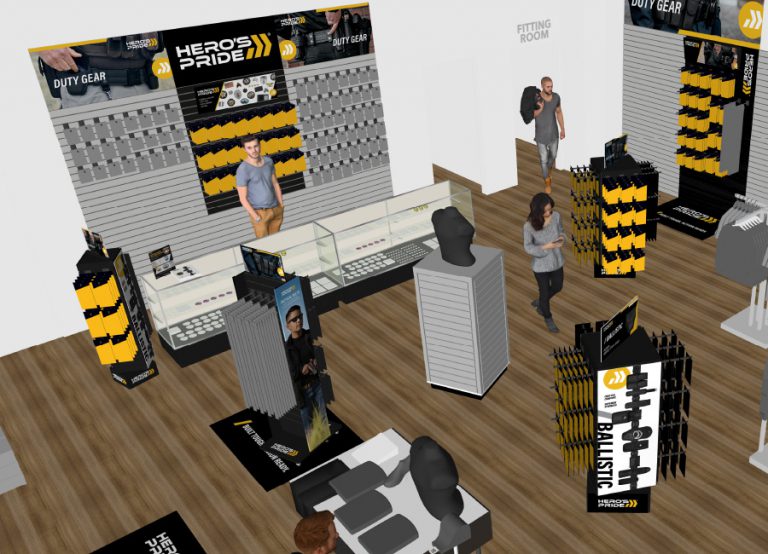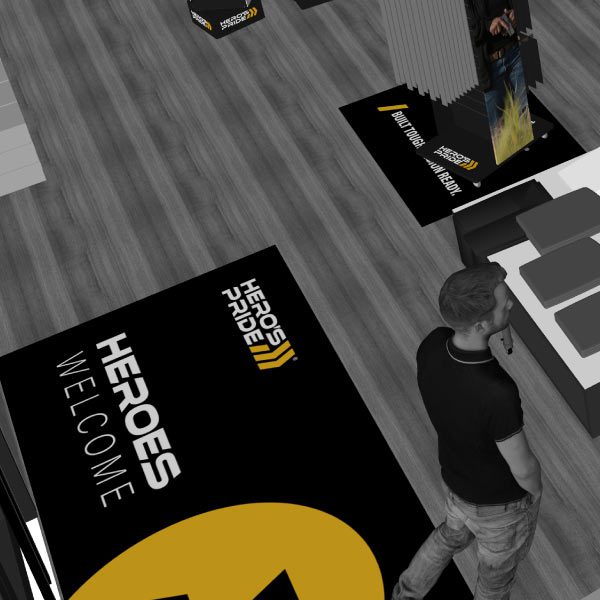Brick and Mortar Retail Statistics to Help Your Business

FEATURED ARTICLE
RETAIL STRATEGY
important facts to consider as you create your retail strategy
As retailers across the United States become more technologically savvy, the level of competitiveness among brick and mortar businesses is increasing.
Add to it the competition and opportunity brought on by ecommerce stores, and you have the recipe for the perfect competitive store.
As retailers across the United States become more technologically savvy, the level of competitiveness among brick and mortar businesses is increasing.
Add to it the competition and opportunity brought on by ecommerce stores, and you have the recipe for the perfect competitive store.
One thing is sure: brick-and-mortar shopping is still King of the Hill.
Here are some statistics you can use to make your brick-and-mortar location even more competitive.
Retail in the US accounts for $2.6 trillion in sales
Retailers in the United States operate in a broad variety of well-established distribution channels. Small “mom-and-pop” stores as well as huge department stores employ 42 million people, and the competitive climate encourages innovation, efficiency, and dependability.
In other words, the vast majority of shoppers make their final product purchases after they arrive at the store, and these customers are impulsive.
Average SMB retailers’ monthly income is $22,340
That’s a gross margin of 50.96 percent, according to Vend‘s study of US retail sales data. This astounding amount contradicts predictions that tiny retail would die out.
However, the figures vary by industry.
Six in 10 consumers would meet with a sales associate if possible
Retailers must work on providing a better in-store experience as consumers become more interested in personalized services.
According to Gary Ambrosino, CEO of Time Trade, the omnichannel retail movement will define future shopping experiences for consumers. Another trend he sees is the rise of the digitally smart and well-informed consumer, which will require yet another transformation in how retailers operate.
73 percent of shoppers browse across various channels
According to a Harvard Business Review study, almost no retailer can afford not to operate their business over various channels. Omnichannel retailing works, according to a study of 46,000 shoppers. The wide range of capabilities encourages core shoppers to engage with the retail brand and eventually visit the actual store.
By utilizing the potential of online marketing, traditional retailers with physical stores will do better. Bringing the real and digital worlds together will give their customers a seamless, multi-channel experience that their online competitors can’t duplicate.
In 2021, brick-and-mortar sales grew faster than online sales
According to the US Department of Commerce Retail Indicator Division, December 2021 Monthly Retail Trade Report, for the first time, physical retailers expanded faster than e-commerce, with physical stores rising at 18.5 percent vs 14.2 percent for e-commerce.
For 82% of Millennials, in-store shopping is still the preferred retail channel.
Young urban consumers have developed a sophisticated consumption viewpoint as a result of their access to communities and boutique offers that match their particular, niche tastes, according to a Synchrony study.
When shopping in-store, consumers value “prompt service” most of all
According to Vend’s 2018 Retail Trends and Predictions Report, when consumers decide to buy a certain product, they value prompt service as the top expectation (54%), but also expect a personalized experience (30%) and smart recommendations (30%).
Around $68 of every $100 spent at a local small business stays in town
Data on retail sales revenue suggests that shopping locally pays off. The $68 will go toward pay for local workers, local resources, and other costs. This is why visiting a local boutique is frequently preferable to travelling to the mall and supporting large corporate chain stores. (Source: Forbes).
The top reason consumers shop in-store: engaging their senses
The ability to touch, smell, and hear things, as well as try them on, is the number one reason (56%) why people shop in stores.
Up to 20% of customers who return an online purchase in person make a second buy
Customer happiness can be improved by a retail strategy that uses various channels. Customer presence in stores grows, as does the value of ecommerce sales. In-store experiences also allow business owners to entice customers’ senses with complimentary drinks, food, and a welcoming environment.
THE DETAILS
ADDITIONAL MERCHANDISING ITEMS

Store Banners

Floor mats




